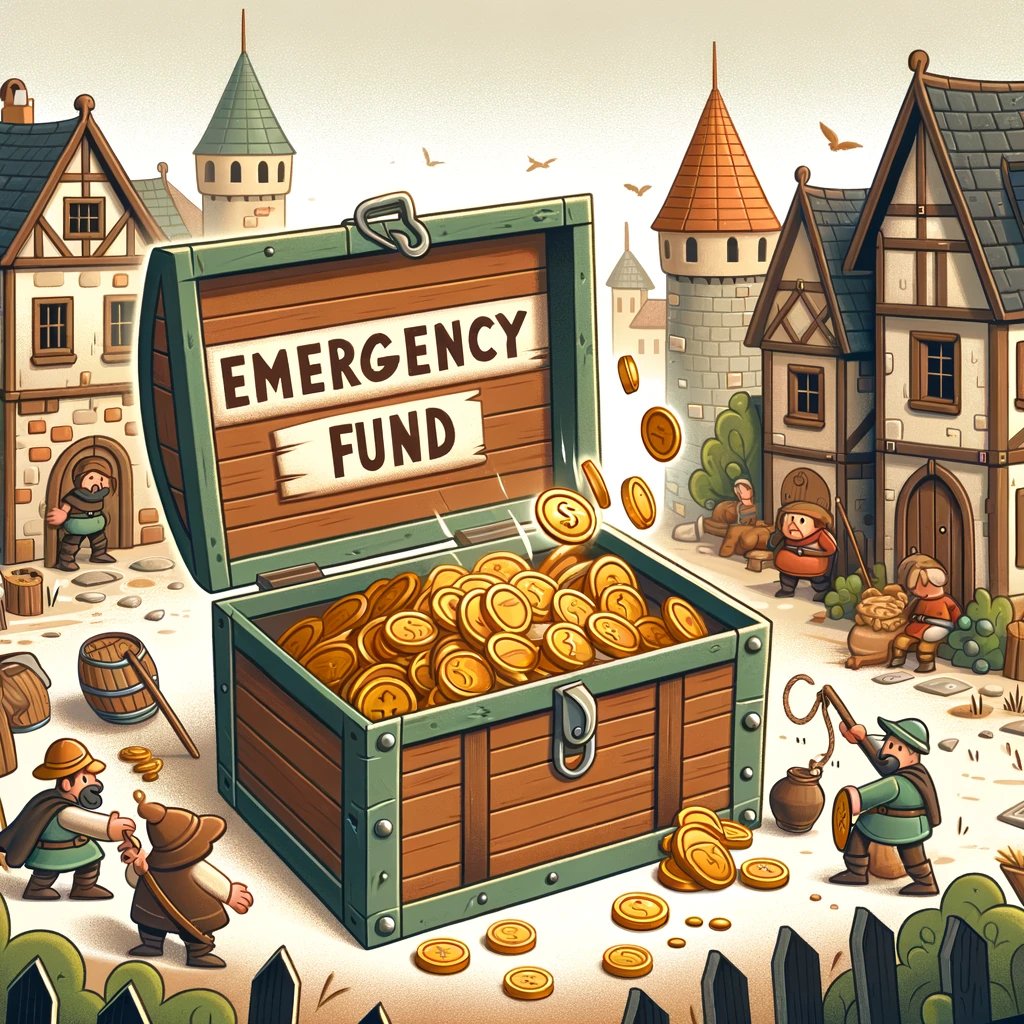
Introduction: Turning Small Steps into Big Wins
When every penny counts, the idea of building an emergency fund might seem impossible. But even on a tight budget, saving for unexpected expenses is not only achievable — it’s essential. This guide will show you practical, actionable strategies to create a financial safety net without feeling overwhelmed.
Why Start an Emergency Fund, Even with Limited Income?
Life is unpredictable. A sudden car repair or a medical bill can derail your finances. An emergency fund provides:
- Peace of mind: Knowing you’re prepared for the unexpected.
- Freedom from debt: Avoid relying on credit cards or loans during emergencies.
- Financial stability: Stay on track with long-term goals despite short-term challenges.
5 Practical Steps to Build an Emergency Fund on Any Budget
Step 1: Define Your Savings Goal
Start small. Even $500 can cover many common emergencies. Break this goal into manageable chunks:
- $10 per week = $520 in a year.
- $20 per week = $1,040 in a year.
Step 2: Track and Trim Your Expenses
Understanding your spending is crucial. Here’s how to free up funds:
- Analyze your bank statements: Identify non-essential expenses.
- Cut back strategically:ExpenseSavings Per MonthCancel subscriptions$20–$50Brew coffee at home$30–$100Meal prep instead of dining out$50–$200
Step 3: Automate Your Savings
Set up an automatic transfer to your savings account on payday. Start with as little as 5% of your income.
Step 4: Find Creative Ways to Earn Extra Money
Even small additional earnings can accelerate your savings:
- Freelance online: Offer skills on platforms like Fiverr or Upwork.
- Sell unused items: Use marketplaces like eBay or Facebook.
- Part-time gigs: Babysitting, dog walking, or delivering food.
Step 5: Use Savings Challenges
Gamify your journey to make it fun:
- $5 Challenge: Save every $5 bill you receive.
- 52-Week Challenge: Save $1 the first week, $2 the second week, and so on.
Budget-Friendly Tips to Build Your Fund Faster
- Round-Up Savings: Use apps that round up purchases and save the spare change.
- Cash-Only Weeks: Limit spending by using only physical cash.
- Discount Hunting: Shop with coupons or during sales to save on essentials.
- Unsubscribe and Save: Remove yourself from marketing emails to reduce impulse buys.
Real-Life Example: How Maria Built Her Fund
Maria, a single mom earning $2,000 per month, saved $1,000 in 6 months by:
- Canceling her gym membership and switching to home workouts ($40/month).
- Selling old clothes and furniture online ($300).
- Using cashback apps for groceries and gas ($20/month).
Myths About Saving on a Tight Budget
Myth 1: “I Need a Lot of Money to Start.”
Truth: Start with what you can — even $1 a day makes a difference.
Myth 2: “I Can’t Save While Paying Off Debt.”
Truth: Allocate a small portion (e.g., 10%) to savings while focusing on debt repayment.
Myth 3: “I’ll Start Saving When I Earn More.”
Truth: Building the habit now ensures you’re prepared, no matter your income level.
Common Mistakes to Avoid
- Dipping into Your Fund for Non-Emergencies: Clearly define what qualifies as an emergency.
- Not Adjusting Your Budget: Review and refine your spending plan regularly.
- Keeping Funds in Hard-to-Access Accounts: Use a separate, easily accessible savings account.
Conclusion: Start Small, Dream Big
Building an emergency fund on a tight budget requires discipline, creativity, and determination. Remember, every dollar saved today is a step closer to financial peace tomorrow. Start your journey today — your future self will thank you.
By taking these actionable steps, you can achieve financial security, even when money is tight. Let your emergency fund be the foundation of your financial resilience.
